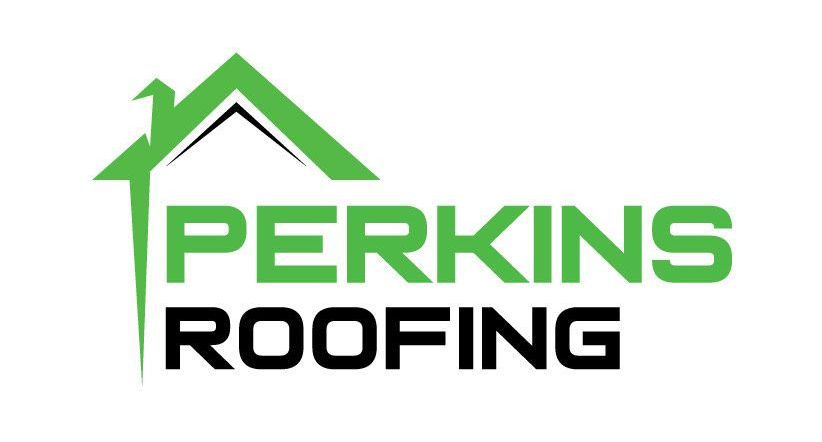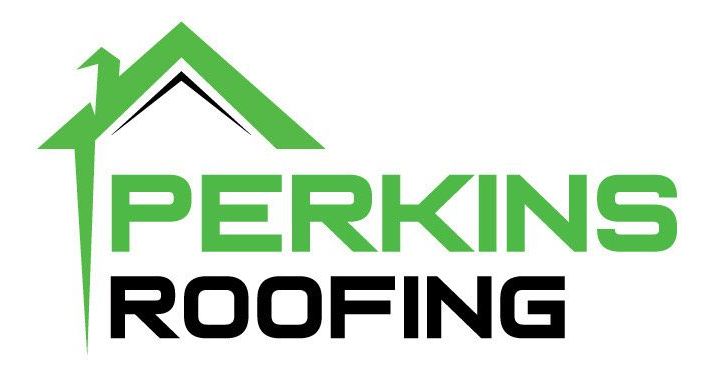maintenance
Roof Maintenance COMPANY in The Woodlands
Even responsible people who keep up with routine upkeep in their lives – like getting biannual teeth cleanings, having their vehicle’s serviced at the proper intervals and scheduling HVAC maintenance – often neglect roof maintenance. Many homeowners are not even aware that roof maintenance is a thing they should be worrying about. Roofs are often just an out of sight, out of mind feature of homes that most people don’t think about on a regular basis.
The truth is roof maintenance can be beneficial – and not just because it allows roofers to look for problems and charge you for roof repairs. There are a number of facets to the roof maintenance process, many of which can prevent future property damage while also extending the life of your roof.
roof maintenance services
how often should you schedule roof maintenance?
Despite what some roofers will tell you, scheduling annual roof inspections might not be necessary for your roof. The optimal frequency for your home really depends on the current state of your roof. If you’ve just had your roof replaced, you can likely get away with a roof inspection every two to three years. If your roof has leaked in the past and it’s on the older side, your home might be better served by an annual inspection. If you have an especially durable roofing material like tile or metal roofing, you likely don’t require roof maintenance every year.
That being said, it’s not in the best interest of your home or your roofing investment to put off roof maintenance for too long. Roof maintenance is more than just a simple inspection – it can prolong the life of your roof and make leaks or premature damage less likely.


